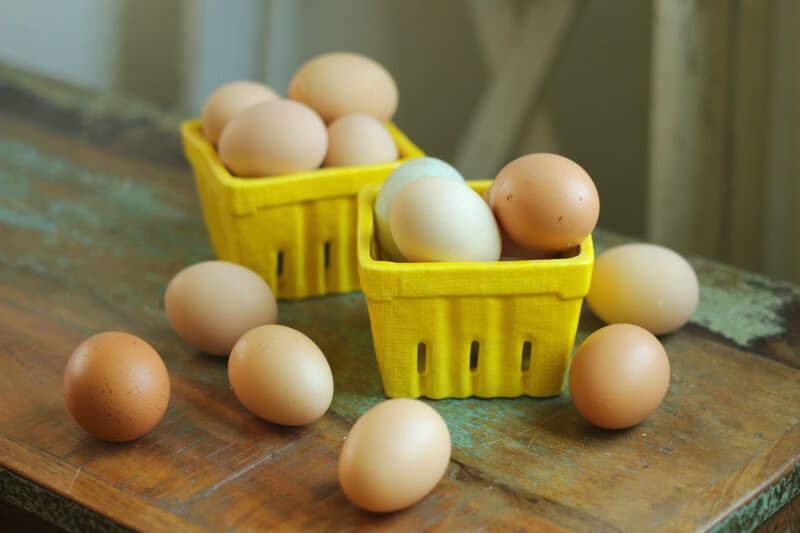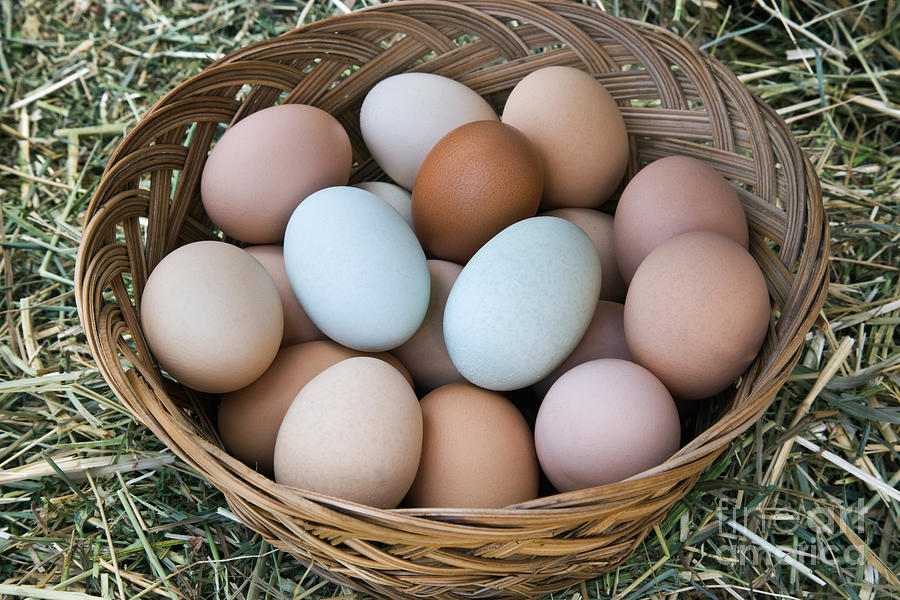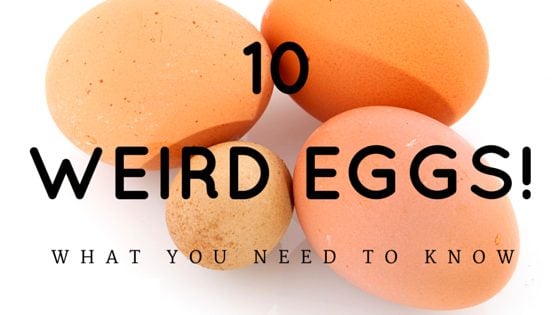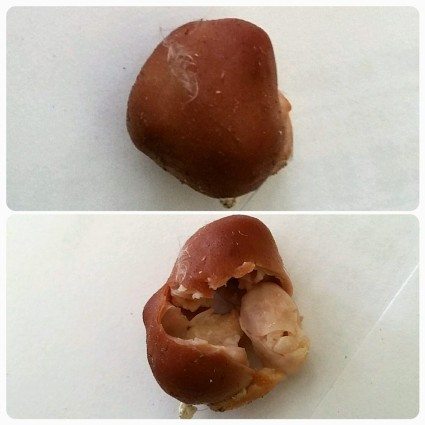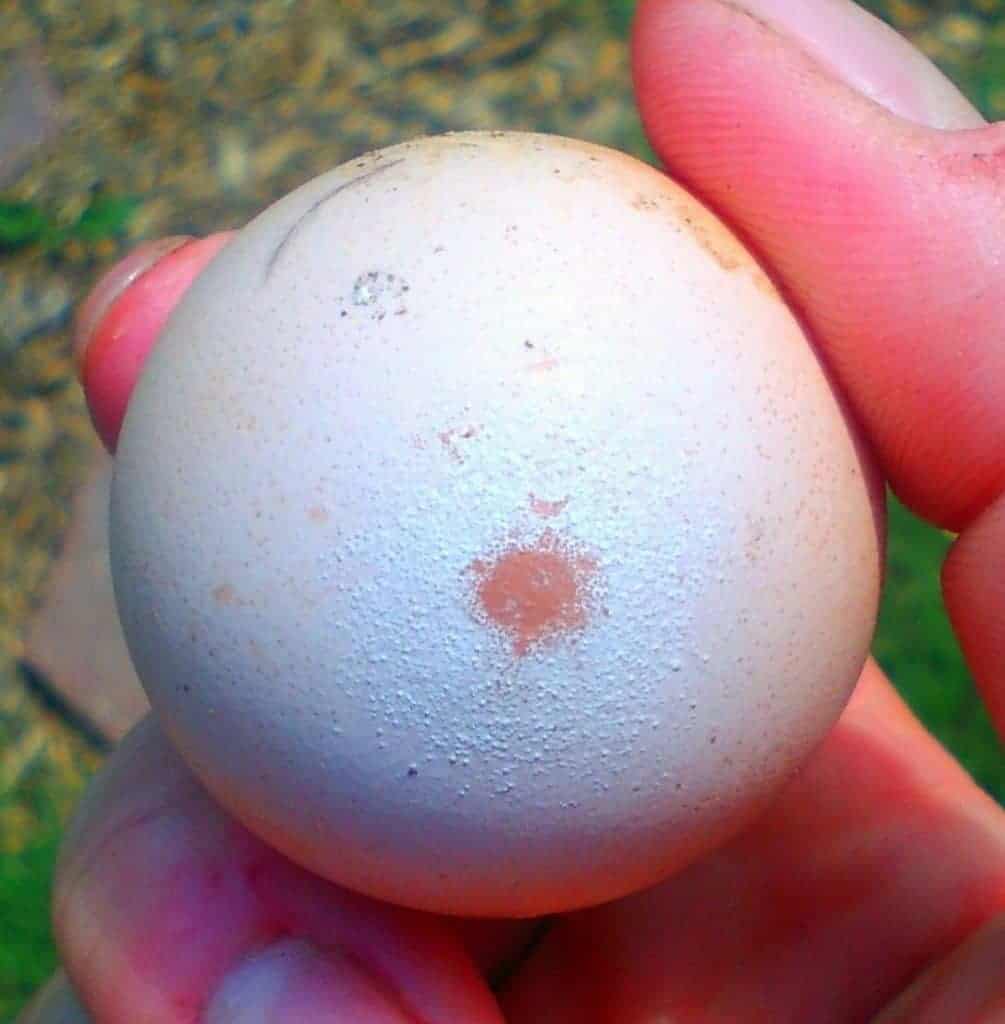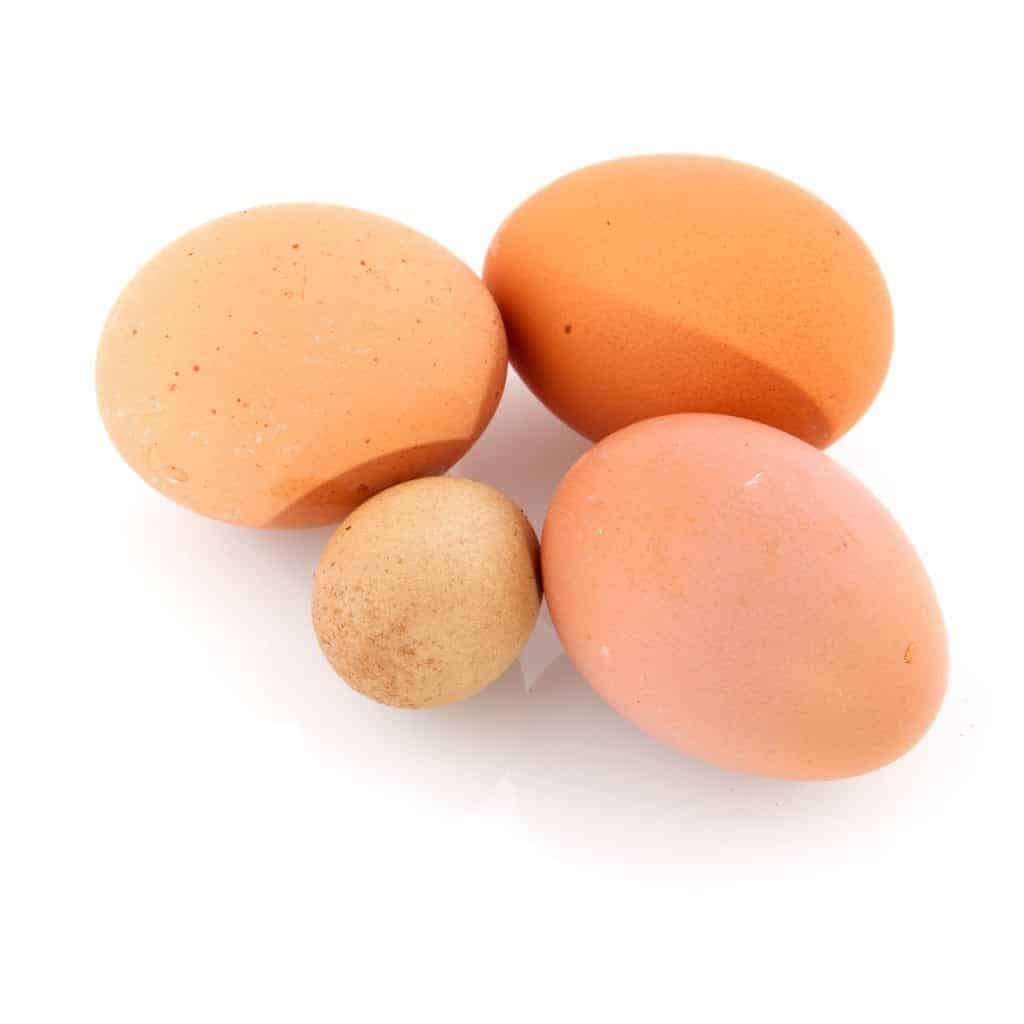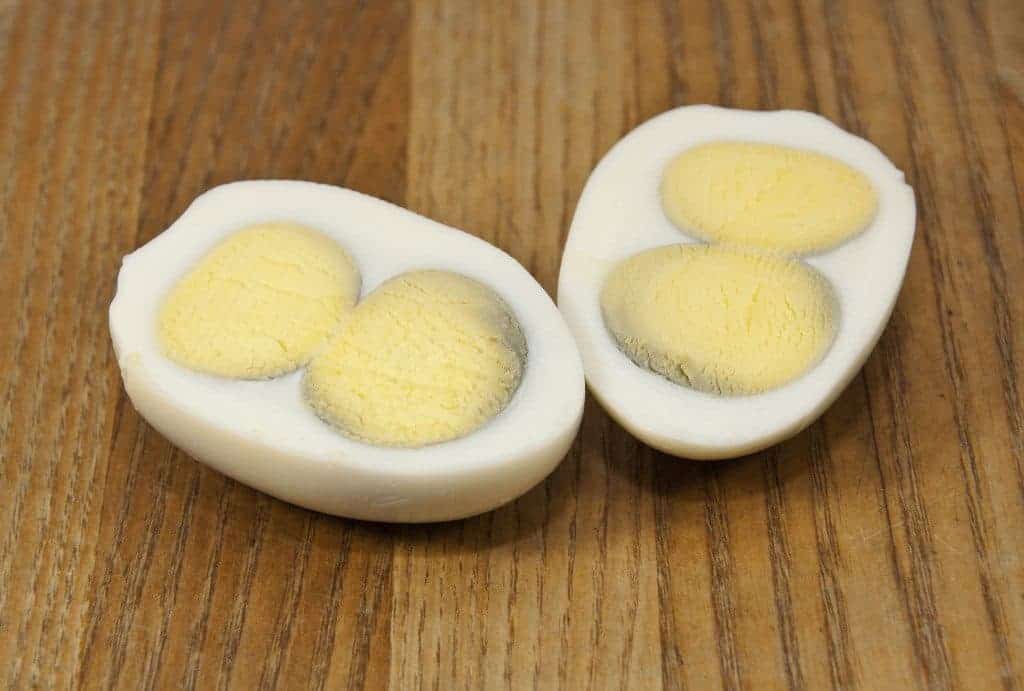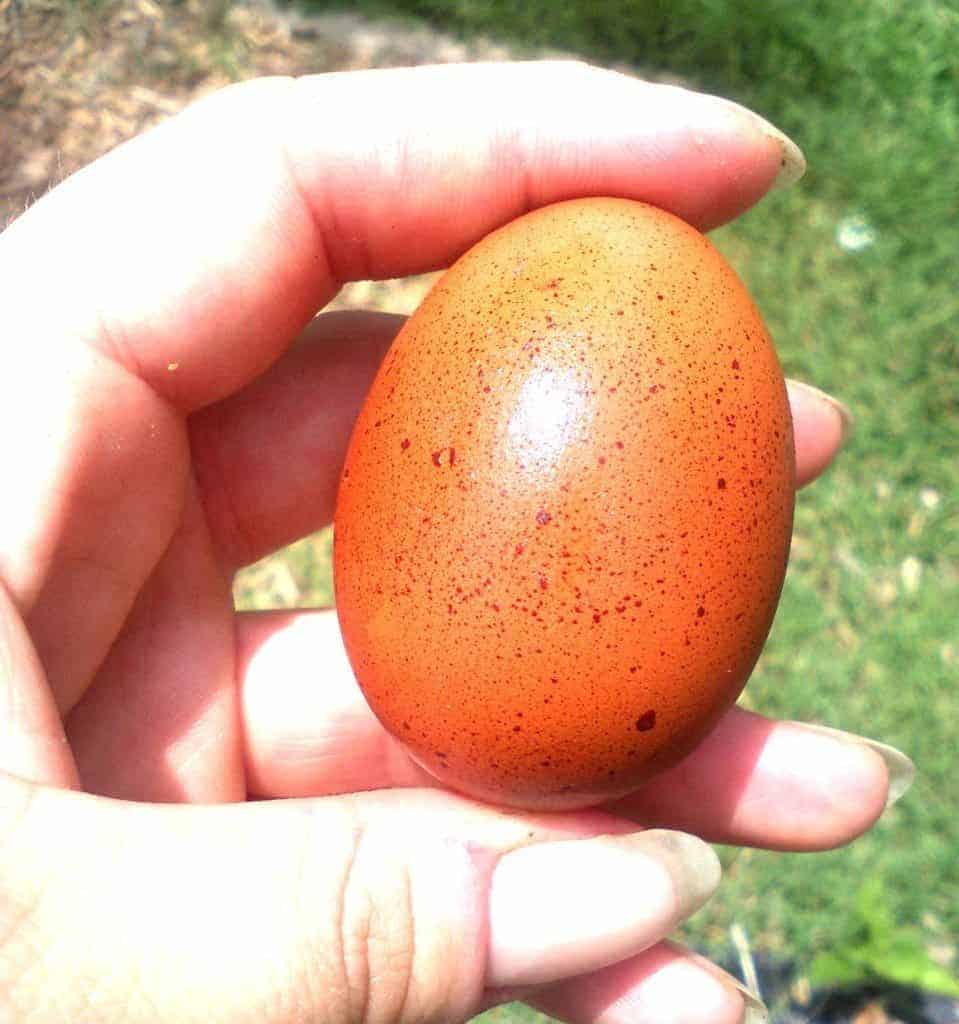Ways to Use Extra Eggs
Big eggs, little eggs, brown eggs, blue eggs…
That was my best attempt at a Dr. Seuss impression… But yeah, my life can be summed up by a single word at the moment: EGGS.
The ducks are laying, the chickens are laying, I have eggs in the incubator (ready to hatch this week… eeek!), eggs on my counter, eggs in the basket, eggs falling out of my fridge. I’m drowning in eggs.
I’m giving them away, and we’re eating lots of scrambled eggs for supper, but they keep on coming. And coming… And coming. I know I’m not the only one with this wonderfully delicious problem, as I’m hearing a lot of you mention this exact same predicament lately.
So may I present– a big ginormous list of wonderful, amazing, tasty ways to use all your extra eggs. Some of these feature eggs as the star (like frittatas or crepes), while others just call for 3-4 eggs per recipe (like the quick breads or homemade pasta). Regardless, they are all good ways to put your egg stash to good use.
(You’re welcome)
50+ Ways to Use Extra Eggs
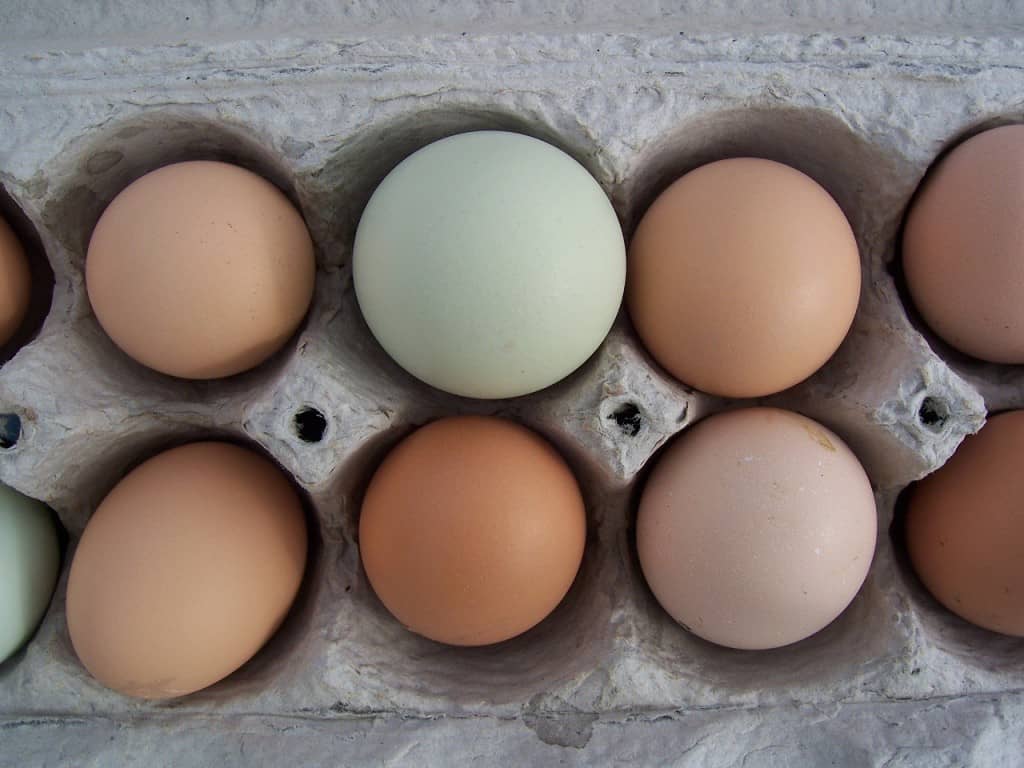
The Eggy Basics:
Preserving & Fermenting Eggs:
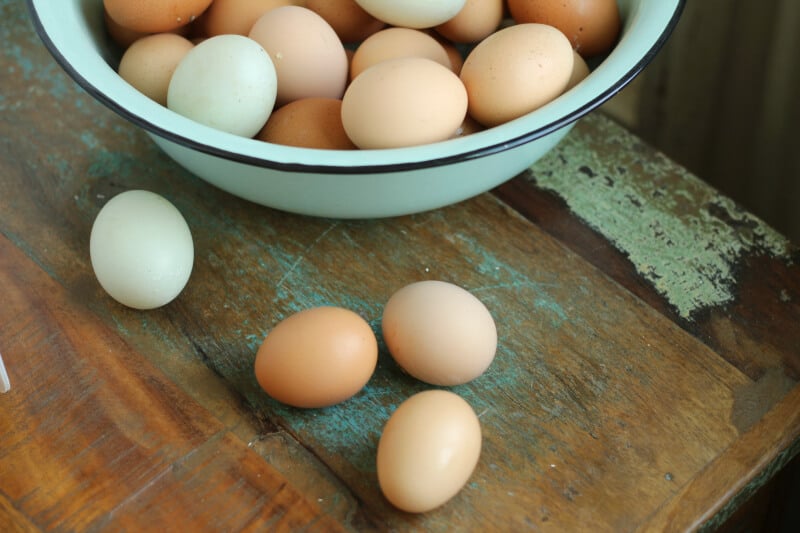
Breakfast Ideas Made with Eggs:
- Egg Waffles
- How to Make the Perfect Omelette
- Breakfast Scotch Eggs
- Egg and Bacon Maple Toast Cups
- Sweet Potato Hashbrown Egg Nests
- Scrambled Egg Breakfast Muffins
- Bell Pepper Egg-in-a-Hole
- Crustless Quiche
- Crustless Sage Quiche
- Spinach Bacon Potato Frittata
- Zucchini and Herb Frittata
- Vegetable Frittata
- Eggs Benedict Casserole
- Baked Western Omelette
- Fluffy Mushroom Souffle Omelette
- Apple Puff Pancake
- Dutch Baby Pancake
- Berry Pancake Souffle
- Sourdough French Toast
- Overnight Pumpkin French Toast Casserole
- Organic Crepes
- Slow Cooker Bread Pudding
Breads with Extra Eggs:
- Honey Maple Pumpkin Bread
- Chocolate Chip Banana Bread
- Spiced Carrot Bread
- Braided Easy Egg Bread
- Chocolate Zucchini Bread
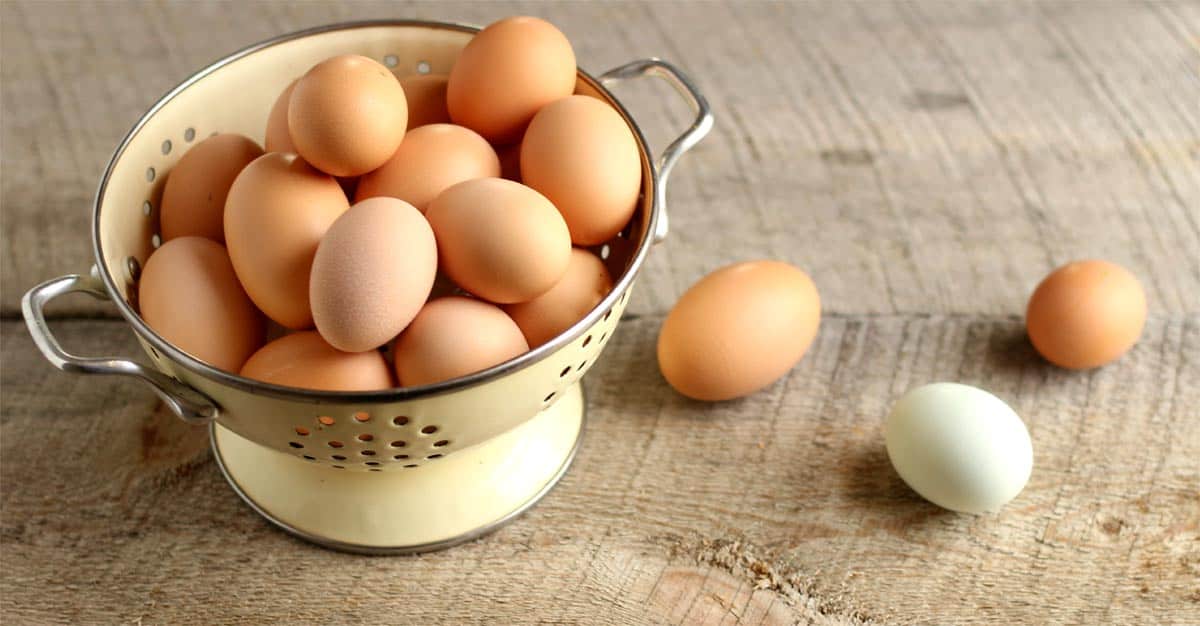
Lunch & Supper with Eggs:
- Egg Salad
- Deviled Eggs
- Pizza Frittata
- Twice Baked Potatoes with Eggs on Top
- Homemade Pasta
- Egg Drop Soup
- Garlic Leek Soup with Eggs
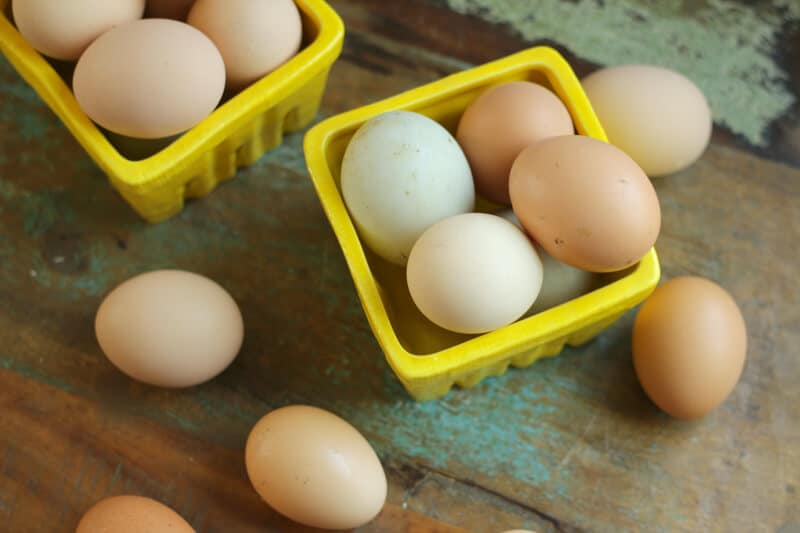
Desserts Made With Eggs:
- Maple Custard Cups
- Old-Fashioned Lemon Whey Pie
- Strawberry Meringue Shells with Lemon Curd
- Angel Food Cake with Meringue Frosting
- Lemon Meringue Pie
- Creme Brulee
- Strawberry Flan
- Homemade Angel Food Cake
- Easy Chocolate Souffle
- Homemade Eggnog
Eggy Odds & Ends:
- Coffee Smoothies
- Egg Butter Coffee
- How to Naturally Dye Easter Eggs
- DIY Liquid Fence Recipe
- DIY Flock Block Substitute
- 30+ Things to Do with Eggshells
- Should you Wash Eggs?
